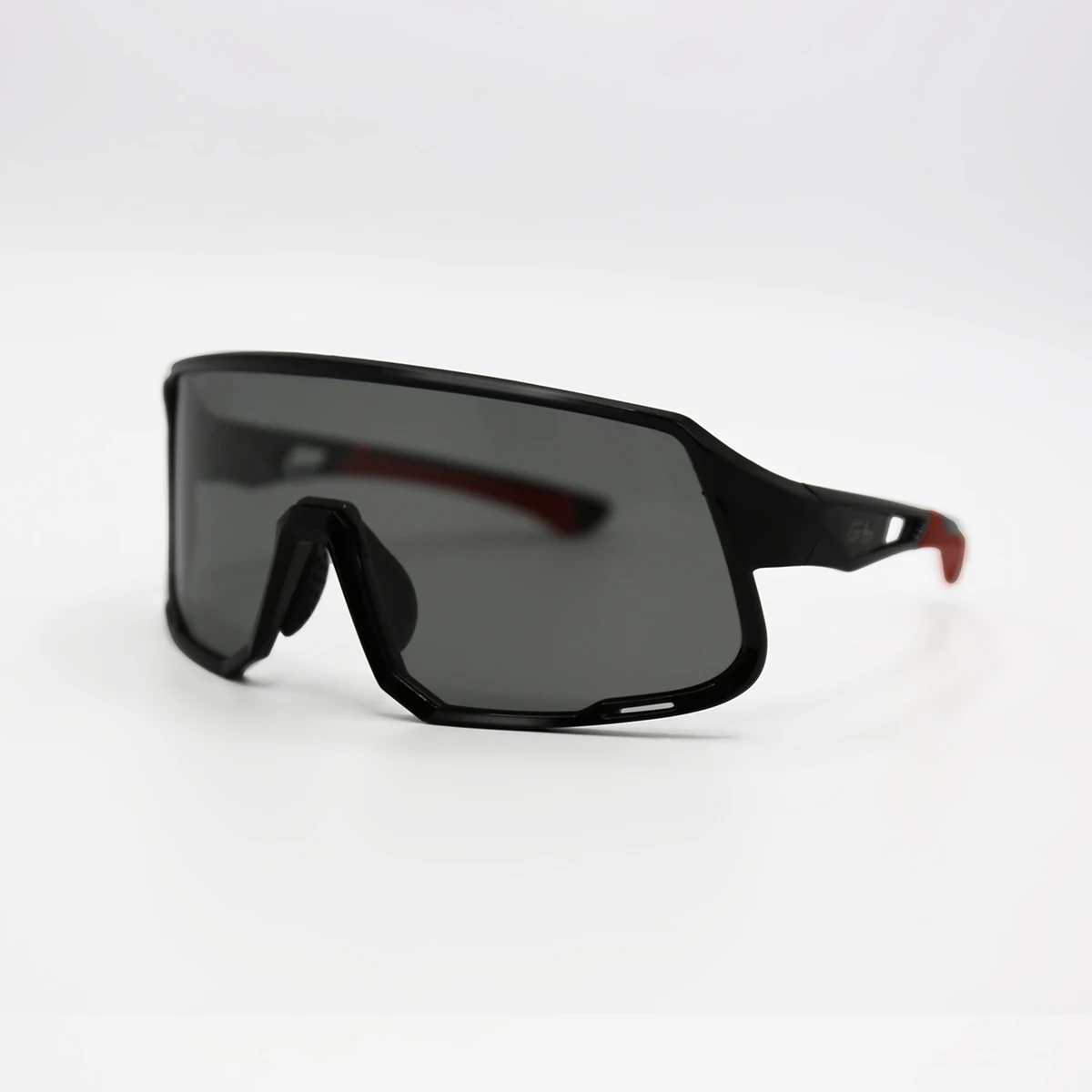Protecting Vision, Ensuring Safety: The Impact Resistance of Polycarbonate Lenses in Outdoor Sports
2024-03-26
In the realm of outdoor sports, the importance of protecting one's vision cannot be overstated. From flying debris on mountain trails to high-speed collisions on the slopes, athletes face numerous hazards that can pose a risk to their eyesight. Polycarbonate lenses, renowned for their exceptional impact resistance, play a vital role in ensuring the safety of athletes during outdoor sports activities. In this blog, we'll explore how the impact resistance of polycarbonate lenses contributes to safety in outdoor sports and why they are the preferred choice for athletes seeking reliable eye protection.
1. Virtually Shatterproof:
Unlike traditional lens materials such as glass, which can shatter upon impact, polycarbonate lenses are virtually shatterproof. This inherent strength and resilience make polycarbonate lenses highly effective at protecting the eyes from high-velocity projectiles, flying debris, and accidental collisions encountered during outdoor sports activities. Whether it's a rock kicked up on a mountain bike trail or a stray ski pole on the slopes, athletes can trust polycarbonate lenses to provide reliable protection against potential eye injuries.
2. Reduced Risk of Eye Injuries:
The impact resistance of polycarbonate lenses significantly reduces the risk of eye injuries during outdoor sports. By effectively absorbing and dispersing the energy from impacts, polycarbonate lenses help prevent penetration or blunt force trauma to the eyes, mitigating the risk of lacerations, contusions, or foreign body injuries. This added layer of protection instills confidence in athletes, allowing them to fully immerse themselves in their chosen sports without fear of compromising their vision or safety.
3. Durability in Demanding Environments:
Outdoor sports often subject eyewear to harsh conditions, including rugged terrain, extreme temperatures, and unpredictable weather. Polycarbonate lenses excel in such demanding environments, maintaining their structural integrity and optical clarity even in the face of adversity. Whether it's cycling through rocky terrain, skiing down icy slopes, or braving gusty winds on the water, athletes can rely on polycarbonate lenses to withstand the rigors of their chosen activities without succumbing to damage or deformation.
4. Lightweight Comfort:
Despite their impressive impact resistance, polycarbonate lenses remain lightweight and comfortable to wear for extended periods. This lightweight construction minimizes fatigue and discomfort during outdoor sports activities, allowing athletes to stay focused and agile without being hindered by bulky or cumbersome eyewear. The combination of impact resistance and lightweight comfort makes polycarbonate lenses the preferred choice for athletes seeking both safety and performance in their outdoor pursuits.
5. Compliance with Safety Standards:
Polycarbonate lenses meet stringent safety standards established by organizations such as ANSI (American National Standards Institute) and ASTM International (formerly known as the American Society for Testing and Materials). These standards ensure that polycarbonate lenses undergo rigorous testing for impact resistance, optical quality, and durability, providing athletes with the assurance that their eyewear meets the highest safety standards for outdoor sports.
Conclusion:
In conclusion, the impact resistance of polycarbonate lenses is paramount to ensuring the safety of athletes during outdoor sports activities. From protecting against flying debris to reducing the risk of eye injuries, polycarbonate lenses offer unparalleled reliability and peace of mind for athletes seeking reliable eye protection. By choosing polycarbonate lenses, athletes can enjoy their outdoor adventures with confidence, knowing that their vision is safeguarded against the hazards of the outdoor environment.



